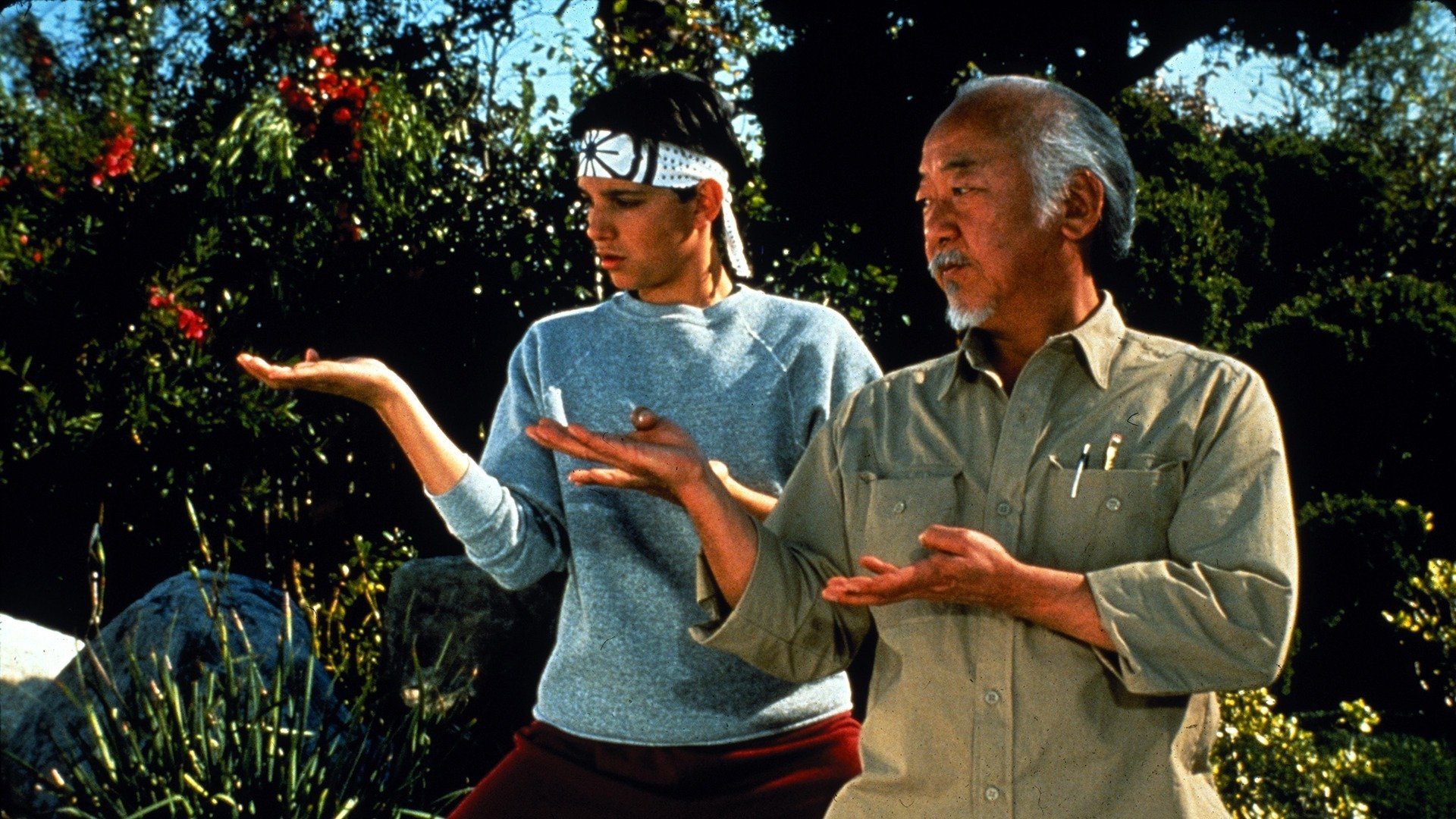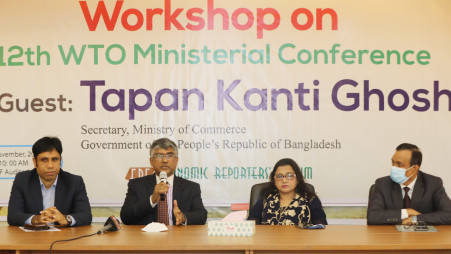The Karate Kid Part III: A Retrospective Review

Table of Contents
The Return of Kreese and Escalating Conflict
The Karate Kid Part III marks the explosive return of John Kreese, the ruthless sensei from the first film. His presence immediately elevates the stakes, injecting a darker, more intense energy into the narrative. Kreese's manipulative tactics are on full display as he recruits Mike Barnes, a formidable karate champion, to defeat Daniel LaRusso. This conflict isn't just a rematch; it's a personal war waged with calculated cruelty.
- Kreese's manipulation of Mike Barnes: Kreese expertly uses Barnes' ambition and aggression, turning him into a weapon against Daniel. This showcases Kreese's cunning and reinforces his character as a truly formidable antagonist.
- Heightened stakes compared to the previous films: The consequences feel far more significant in this installment. It's not just about winning a tournament; it's about protecting oneself and one's loved ones from a relentless and vengeful opponent.
- Darker themes explored in this installment: The film explores themes of revenge, manipulation, and the corrupting influence of power more explicitly than its predecessors. This adds a layer of complexity and depth to the story.
Character Development and Performances
While The Karate Kid Part III features the return of Ralph Macchio as Daniel LaRusso and Pat Morita as Mr. Miyagi, it also introduces a compelling new antagonist: Mike Barnes, played with chilling intensity by Sean Kanan. The character arcs are less about simple triumph and more about overcoming adversity and grappling with internal conflicts.
- Daniel's emotional journey and growth: Daniel faces arguably his most challenging opponent yet, both physically and mentally. He grapples with doubt and the temptation to retaliate in kind, showcasing a more mature and nuanced character.
- Mr. Miyagi's evolving role as mentor: Miyagi’s role shifts somewhat. While still supportive, he’s forced to confront his own limitations and struggles to help Daniel resist Kreese's machinations.
- Mike Barnes as a compelling antagonist: Barnes isn’t a simple bully; he's a highly skilled fighter driven by Kreese’s manipulation. He provides a credible threat, making the conflicts feel more realistic and intense.
- The supporting characters and their impact: The supporting characters, though less prominent than in previous films, still play crucial roles in shaping Daniel's journey and the overall narrative.
Thematic Exploration and Cultural Impact
The Karate Kid Part III expands on the themes introduced in the previous films, but with a darker, more mature edge. While perseverance and self-discovery remain central, the film also explores the destructive nature of revenge and the importance of resisting manipulation.
- Comparisons to the themes of the previous films: While still carrying the core values of the franchise, Part III delves deeper into the psychological aspects of conflict and the moral dilemmas faced by the characters.
- The portrayal of martial arts and its philosophical aspects: The film continues to showcase the discipline and philosophy behind karate, although the emphasis shifts slightly towards the darker side of its potential.
- The film's lasting influence on pop culture: Despite its mixed reception, The Karate Kid Part III remains a part of the franchise's legacy, influencing subsequent films and contributing to the ongoing cultural conversation around martial arts and coming-of-age stories.
Critical Reception and Box Office Performance
Upon its release, The Karate Kid Part III received mixed reviews. Critics often cited a darker tone and less emphasis on the comedic elements that made the first two films so successful. However, its box office performance was still strong, demonstrating the continued popularity of the franchise.
- Comparison to the critical reception of the previous films: While the first two films enjoyed near-universal acclaim, Part III faced more divided opinions, although this perspective has changed over time.
- Box office numbers and their significance: Despite the less positive critical response, the box office success shows the enduring popularity of the franchise and its core audience.
- Modern re-evaluation and changes in perception: In recent years, there has been a renewed appreciation for The Karate Kid Part III, with some fans and critics finding it to be a more complex and mature entry in the series.
Conclusion
The Karate Kid Part III is a complex and divisive entry in a beloved franchise. While it lacks the lighthearted charm of its predecessors, it offers a darker, more mature exploration of themes like revenge and manipulation. While it may not surpass the originals, its exploration of darker themes and intense conflicts provide a compelling and, at times, unsettling addition to Daniel LaRusso's journey. It ultimately succeeds in delivering a thrilling and dramatic conclusion to this chapter of his story. What are your thoughts on The Karate Kid Part III? Share your retrospective review of The Karate Kid Part III below! And don't forget to revisit this classic film, or even the entire Karate Kid series!

Featured Posts
-
 Governments Commitment To Ldc Graduation Commerce Advisors Statement
May 07, 2025
Governments Commitment To Ldc Graduation Commerce Advisors Statement
May 07, 2025 -
 Exploring The Possibility Of Ke Huy Quan In The White Lotus Season 3
May 07, 2025
Exploring The Possibility Of Ke Huy Quan In The White Lotus Season 3
May 07, 2025 -
 6000 2025
May 07, 2025
6000 2025
May 07, 2025 -
 Lewis Capaldi Makes Surprise Charity Gig Appearance
May 07, 2025
Lewis Capaldi Makes Surprise Charity Gig Appearance
May 07, 2025 -
 Wto Accession Accelerated Navigating The Privilege Dilemma
May 07, 2025
Wto Accession Accelerated Navigating The Privilege Dilemma
May 07, 2025
